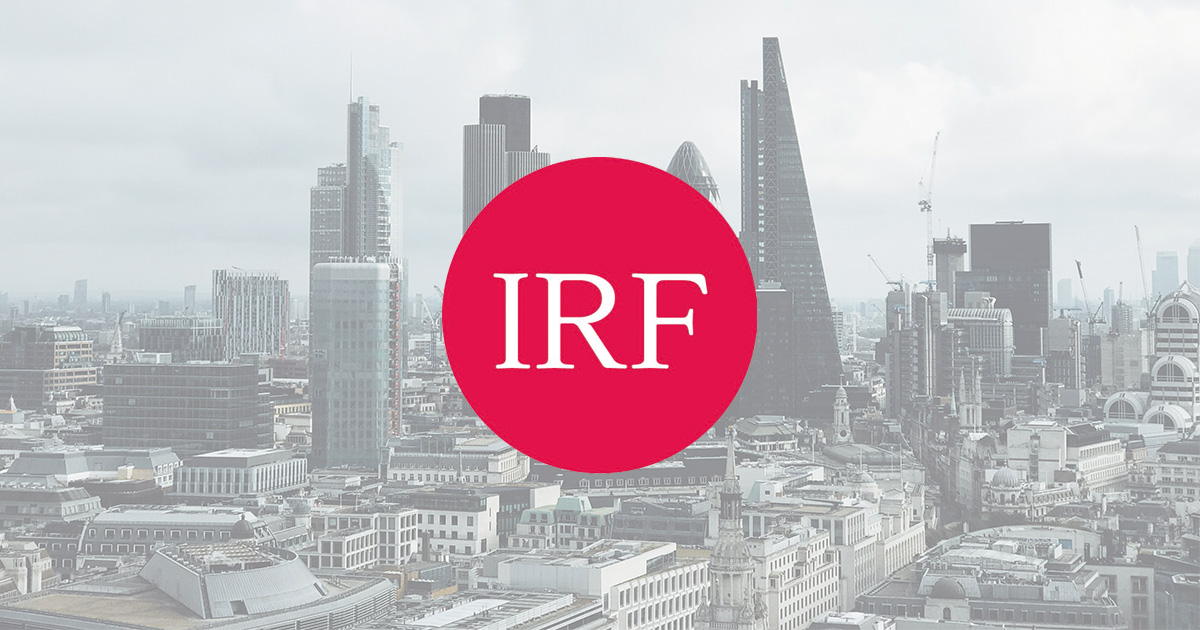Oil Market Outlook
Vanda Insights
Wed 12 Aug 2020 - 13:00
Summary
Vandana discussed how the very sharp drop in crude prices in April -- Brent settled at an 18-year low of $19.33 on April 21st, while WTI hit an all-time low of minus $37.63 -- was driven in part by demand destruction created by the pandemic and in part by the result of a disastrous March 6th OPEC meeting, which triggered a price war and resulted in more oil being pumped into the market, when it should actually have been withdrawn on a large scale. April was the month where the world suffered the biggest deluge of oil ever recorded. May 1st saw the start of the OPEC cuts and the oil price has been steadily rising since, helped by a gradual reopening of economies. But for the past couple of months, it has been stuck in a narrow band. On August 1st OPEC tapered the cuts putting 2 million more barrels per day back in the market, yet the oil price has continued to rise even though demand has been flatlining - A phenomenon caused by a weakening US dollar. Brent has shown an increasingly strong negative correlation with the dollar since the second half of June. Vandana believes that the oil price will resemble a Nike tick rather than a V, W, U, L etc shaped recovery. EIA, OPEC and IEA are predicting oil demand in 2020 will be down 8 to 9 million barrels per day below 2019, followed by a rebound of 5 to 7 million barrels per day in 2021. Vandana’s most bullish scenario would see Brent reach $50 by end of 2020, and $55 by end of 2021; however, to reach these figures there would need to be a big increase in demand from the developing world (the main centre of oil demand growth) but Vandana believes without a Covid vaccine we will not see these sort of levels of demand. She can’t see a vaccine being produced for at least 6 months in the developed world and it will take much longer for a rollout across the developing world. On shale, latest data shows that new well-drilling activity in June 2020 had slumped to a fifth of the levels seen in the same month of 2019. After the shale boom between 2009 and 2019 Vandana believes we will see a significant decline in shale production over the next 2-5 years. Shale players account for 77% of all US oil production and close to a 100% of the growth. As long as WTI prices remain below $50, shale producers will not invest in raising output. The new philosophy of the OPEC/non-OPEC combine is to prevent crude prices from recovering to a level that enables a revival of US shale growth. Shale’s decline will shift global oil supply dominance back to the volatile Middle East. We should expect lower oil prices for the foreseeable future, which will create a formidable challenge to oil export-dependent economies but certainly favour importers. Oil companies across the value chain have been hit hard by the pandemic. Oil majors that rationalise portfolios, accelerate pivot to low-carbon energies, continue to drive down costs down and are able to raise debt could be some of the few winners and companies that can integrate downstream into petrochemicals. On China, the biggest contributor of global oil demand growth for over a decade, Vandana discussed how its economy was facing headwinds due to the trade war with the US, even before it was hit by Covid. Beijing’s handling of the coronavirus outbreak has also created tensions with a lot of other countries, which may lead to some of the global supply chains being moved away from China. The government is already worried about ballooning debt and overcapacity in infrastructure following the spending spree of the past decade. They are not creating enough jobs; no unemployment numbers are reported but Vandana reckons if they were, they would be colossal. China desperately needs a new playbook for economic growth. Whatever the new course, an expected pivot away from industrial production and exports, combined with an ongoing strategy to reduce the energy intensity of the economy means China will likely settle into a more tepid oil demand growth in the years to come.
Topics
Oil's recovery from the April price crash
Likelihood of another collapse, short-term upheavals and longer-term shifts
Winners and losers in the new normal.
